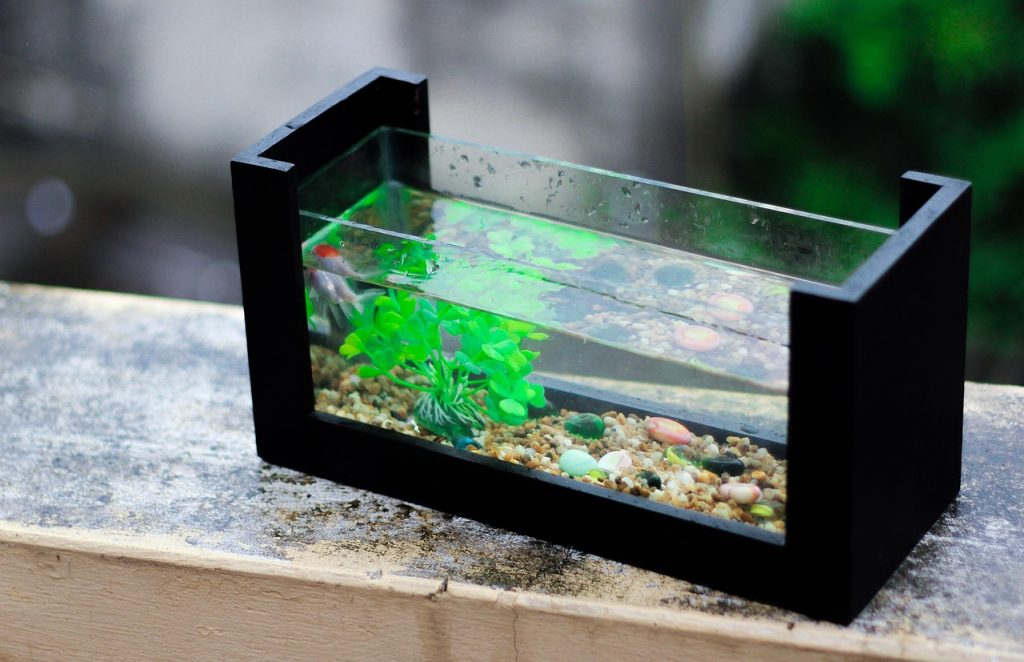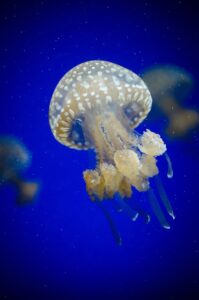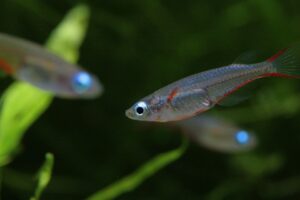
Setting up a new aquarium is an exciting venture that offers a window into the aquatic world. However, it requires a careful approach to ensure a healthy environment for fish and aquatic plants. One of the most crucial steps in this process is mastering the nitrogen cycle, often referred to as “cycling” the aquarium. This guide will walk you through the essential steps and considerations for setting up a new aquarium, with a particular focus on mastering the cycling process.
Understanding the Nitrogen Cycle
The nitrogen cycle is a natural biological process that converts harmful waste products into less harmful compounds, ultimately creating a stable environment for aquatic life. It involves three main stages: ammonia is converted to nitrite by nitrifying bacteria, and then nitrite is converted to nitrate. Nitrate is less harmful but must be kept at low levels through regular water changes.
In a new aquarium, this process does not occur automatically, as the necessary beneficial bacteria are not yet present in sufficient numbers. Therefore, cycling an aquarium is about establishing these bacteria colonies to manage waste effectively.
Stage 1: Ammonia
Ammonia is introduced into the aquarium through fish waste, uneaten food, and decaying plant material. In a new setup, ammonia levels can quickly become toxic to fish, making it crucial to monitor and manage these levels during the initial cycling phase.
Stage 2: Nitrite
Once ammonia levels begin to rise, beneficial bacteria such as Nitrosomonas start converting ammonia into nitrite. Nitrite is also toxic to fish, so its presence needs to be minimized through the cycling process.
Stage 3: Nitrate
In the final stage, different bacteria, like Nitrobacter, convert nitrite into nitrate. Nitrate is much less harmful and can be managed through regular water changes and plant absorption. The goal is to establish a system that continuously processes waste through these stages, maintaining water quality.
Methods of Cycling a New Aquarium
There are several methods to cycle a new aquarium, each with its own benefits and challenges. Choosing the right method depends on your experience level and patience.
Fishless Cycling
Fishless cycling is the safest method for the aquatic life you plan to introduce, as it involves no fish during the cycling process. Here’s how to do it:
- Set up your aquarium with dechlorinated water, substrate, and any decorations or plants.
- Add an ammonia source, such as pure ammonia, fish food, or ammonium chloride, to kickstart the cycle.
- Monitor the ammonia, nitrite, and nitrate levels using a water testing kit.
- Wait for ammonia and nitrite levels to spike and then drop to zero, which indicates that the bacteria colonies are established.
- Continue adding a small amount of ammonia to maintain the bacteria until you’re ready to introduce fish.
Fish-In Cycling
This method involves cycling the aquarium with fish present. It requires careful monitoring and frequent water changes to protect the fish from toxic ammonia and nitrite levels:
- Start with a small number of hardy fish that can tolerate fluctuations in water quality.
- Test water parameters daily and perform water changes as needed to keep ammonia and nitrite levels low.
- Feed the fish sparingly to reduce waste buildup.
- Continue this process until ammonia and nitrite levels stabilize at zero, and nitrate levels begin to rise.
Using Bacteria Supplements
Bacteria supplements can expedite the cycling process by introducing live nitrifying bacteria directly into the aquarium. This method can be used in conjunction with both fishless and fish-in cycling:
- Add the bacteria supplement according to the manufacturer’s instructions when setting up the aquarium.
- Monitor water parameters and adjust ammonia sources or fish load as needed.
- Supplements can help establish bacteria colonies faster, but regular testing is still essential to ensure a successful cycle.
Key Considerations for a Successful Cycle
Successfully cycling an aquarium requires patience and attention to detail. Here are some key considerations to keep in mind:
Water Testing
Regular water testing is essential to track the progress of the cycling process. Invest in a reliable water testing kit that measures ammonia, nitrite, and nitrate levels. Maintaining a log of these levels can help you understand the cycle’s progression and make necessary adjustments.
Temperature
Temperature can impact the rate of bacterial growth. Most nitrifying bacteria thrive in a temperature range of 75-85°F (24-29°C). Ensure your aquarium’s heater is set to maintain a stable environment within this range.
pH Levels
The pH level of the water can also affect the bacteria’s efficiency. A neutral to slightly alkaline pH (7.0-8.0) is generally ideal for nitrifying bacteria. If your water’s pH is outside this range, consider adjusting it gradually to optimize bacteria activity.
Patience and Monitoring
Cycling an aquarium is not an overnight process. It typically takes 4 to 6 weeks for a new tank to cycle completely. Patience is crucial, and rushing the process can lead to fish losses and unstable conditions.
Introducing Fish to a Cycled Aquarium
Once your aquarium is fully cycled, and ammonia and nitrite levels have stabilized at zero, it’s time to introduce fish to their new home. Follow these steps for a smooth transition:
- Acclimate the fish slowly to the aquarium water by floating the sealed bag in the tank for 15-20 minutes to equalize temperatures.
- Gradually add small amounts of tank water to the bag over the next hour to help the fish adjust to the new water chemistry.
- Release the fish gently into the aquarium and monitor their behavior closely for signs of stress.
- Continue regular water testing and maintenance to ensure a stable and healthy environment.
Conclusion
Mastering the cycling process is essential for any aquarium enthusiast. By understanding the nitrogen cycle and choosing the right cycling method, you can establish a thriving aquatic habitat for fish and plants. Remember, patience and vigilance during the cycling process will pay off in the form of a healthy and vibrant aquarium. With the right knowledge and approach, your new aquarium will become a captivating and rewarding centerpiece in your home.
#ChatGPT assisted in the creation of this article.








